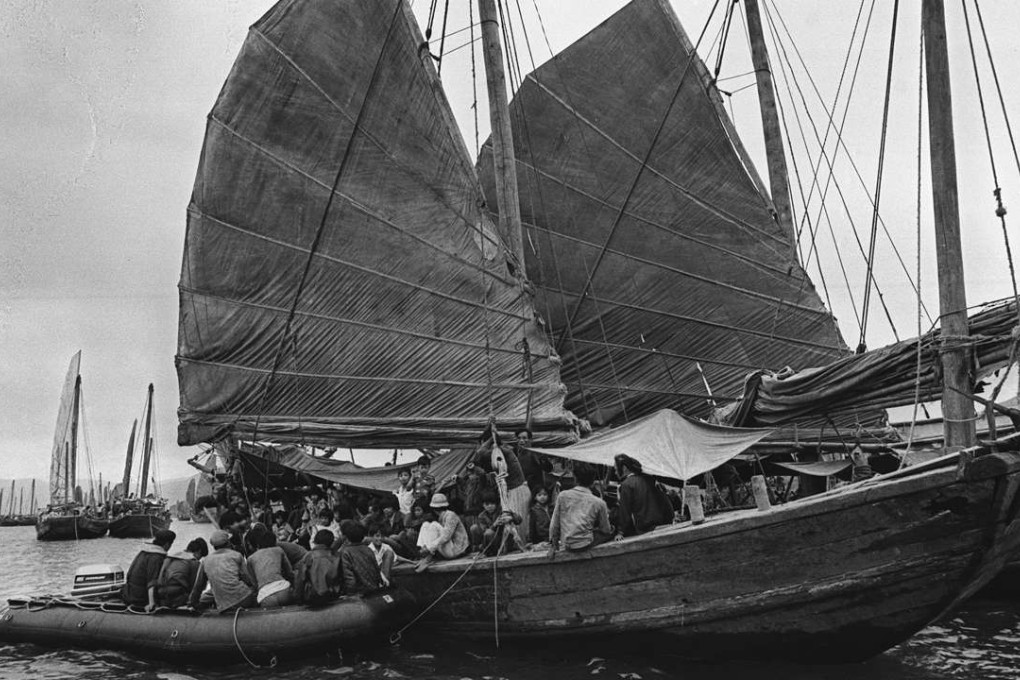Junk boats turn into tourist icons in Hong Kong waters after centuries as China’s workhorses
Traditional wooden junks, dating back to the Han dynasty, were sturdy and made for long-distance travel

The original junk boat, most commonly used for trade in China and other parts of Southeast Asia, typically sailed long distances, incorporating a sturdy sail and hull design. Its structure also meant it was easy to control, generally glided fast across water and could travel long distances.
The etymology of the word junk is subject to debate. Some suggest it comes from the Portuguese word junco, as the Portuguese were apparently the first Westerners to encounter junks during visits to China. The Portuguese-Chinese word directly translates as “a Chinese vessel”, according to the Concise Dictionary of English Etymology. Alternatively it could originate from the Javanese or Malay word jong, according to the Etymological Dictionary of the English Language.
Historians are also divided over when the junk’s design fully evolved. Historical knowledge of junks is somewhat limited because many were broken up and recycled after about five years’ service, when they became worn out.
Early forms of the junk have been traced back to the basic sailing boats of the 2nd century AD. During the Han Dynasty (206 BC–220 AD), junks tended to have just one or two masts and a shallow hull. They were made from lightweight softwoods and bamboo battens. They gradually increased in size. By the Song dynasty (960-1279) they had four masts. During this period, they were used extensively for trading.
Henry Choi, a Hong Kong-based maritime historian, said the junk became the most effective vessel for facilitating trade because they were cost-effective and resilient. “The river was the highway of China, so the junks had a very important role in transportation and trade,” he said. “They were both the cheapest and the most flexible way of transporting goods. The steam boat required designated ports and the railway was restricted by timetables.”